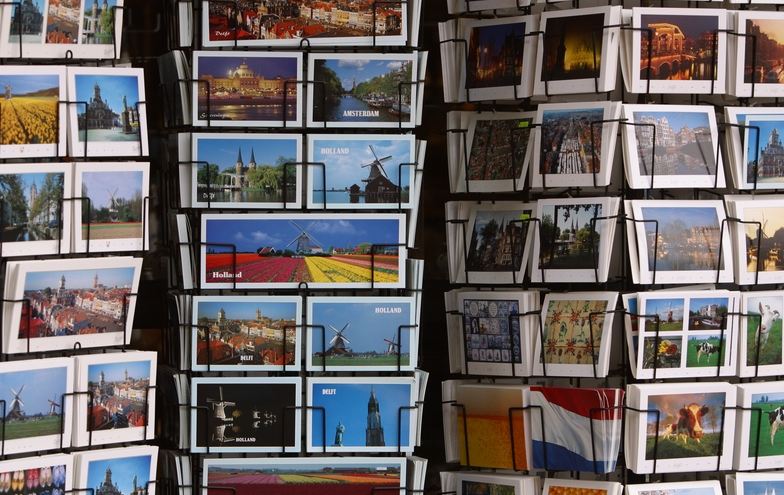Vintage Real Photo Postcards or RPPC, for short, are perhaps the most desired cards that passionate postcard collectors hunt and collect.
The reason for their appeal is that by their very nature there are at best only limited quantities of any particular event, view, or subject since they were not mass-produced, unlike other postcards which were manufactured by the printing process.
Another attribute of the real photo postcard is that it is an actual photographic snapshot with all the minute details captured as opposed to an artistic rendering pictured on other types of postcards.
Later on, chrome postcards came into fashion and merged colored photographic images with mass production combining the best of both worlds.
However, to the avid collector, it is still real photo postcards that are in high demand and hotly sought after.
Somewhere around the early 1900s, the first real photo postcards were produced. Although they are being made even today, they flourished from 1910 to 1950.
A photographer or an individual could, with the help of a postcard camera, take photos and produce their own postcards.
This was done using a negative and developing the image straight onto postcard-sized photographic paper with a typical pre-printed postcard flipside.
Real photo colors were either black and white or sepia (yellowish-brown tones). They were mailed worldwide just like ordinary postcards.
Real photo cards are often confused with Black and White printed postcards. After all, they are both black and white!
Some Black and White postcards even have a glossy finish, making the distinction between the two types even harder.
The best method to establish whether a postcard is a real photo or a printed black and white is to inspect it under a loupe or a magnifying glass.
If a dot pattern is seen, then the postcard has been printed. Whereas, if the image does not have dots and is even or solid, then it is a real photo.
There are several approaches to dating real photo postcards. The easiest way is to check to see if it has been sent through the mail.
If the postmark’s cancellation date is readable, then obviously, you know the card’s age. Next, you can look for a date written directly on the photograph that may have been added by the photographer.
Without these clues, the last way is by examining the back of the postcard for distinguishing marks, generally located in the stamp box area. There you might be able to determine the manufacturer’s identity of the photographic paper.
Knowing the characteristics of the marks that were used by each manufacturer and when their business operated can roughly date the card.
Some manufacturers changed their marks over time, allowing a collector to further narrow down the time period of his postcard.
Real photo subject matter is best described as anything and everything.
The ability to act like silent photographic eyewitnesses to events, the beginnings of small towns and large cities, and even disasters, like floods or fires make them very valuable historic records.
They documented advancements in technology and transportation, such as trains and automobiles.
Real photo postcards recorded social culture and portraits of the rich, famous, important, and beautiful people. They showed everyday people doing everyday things too.
Due to the limited number of real photo postcards, their popularity has been increasing and their prices rising accordingly which can be verified by watching online auctions.
All the same, their sentimental value is priceless. These little snapshots are cherished reminders of yesterday.

